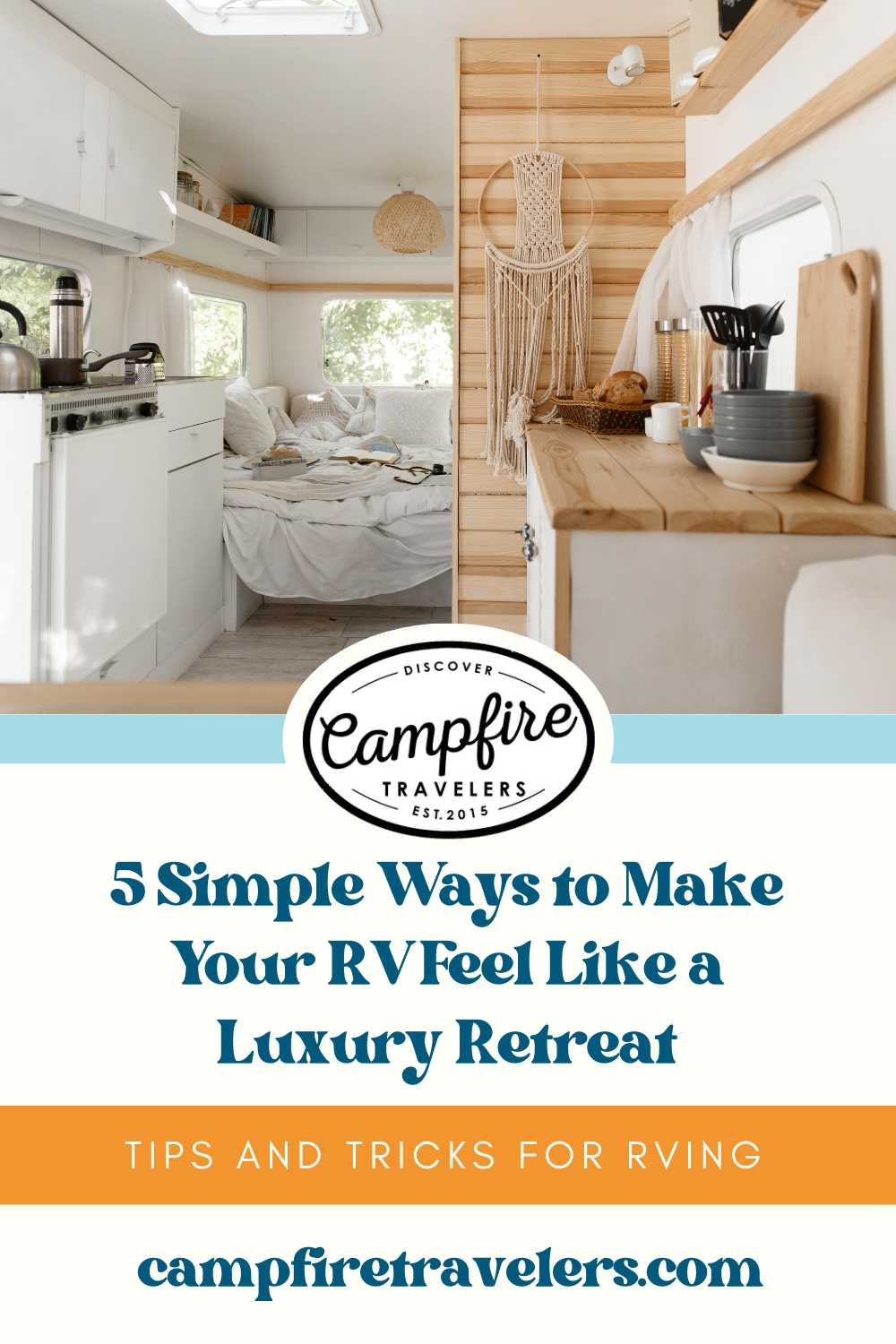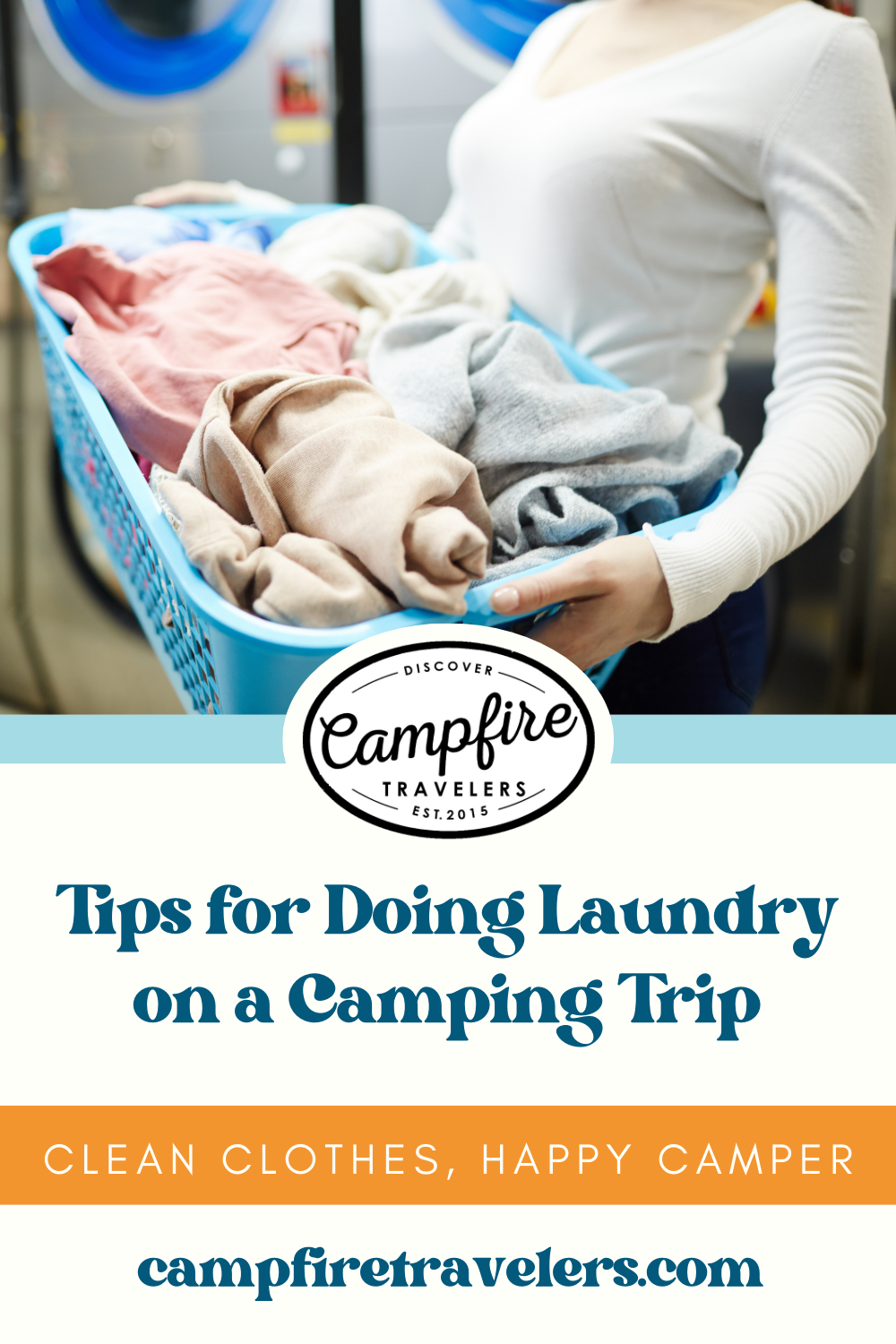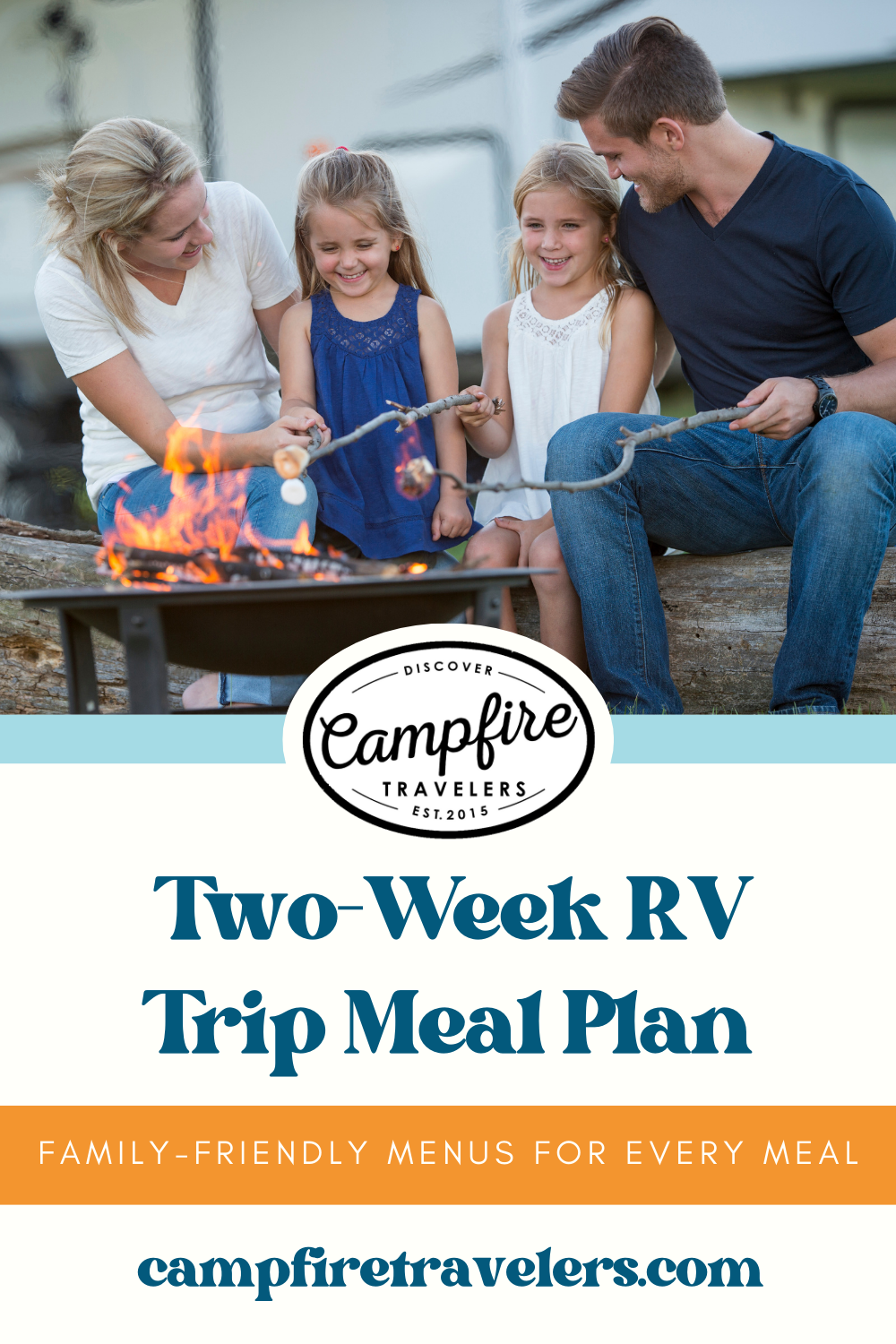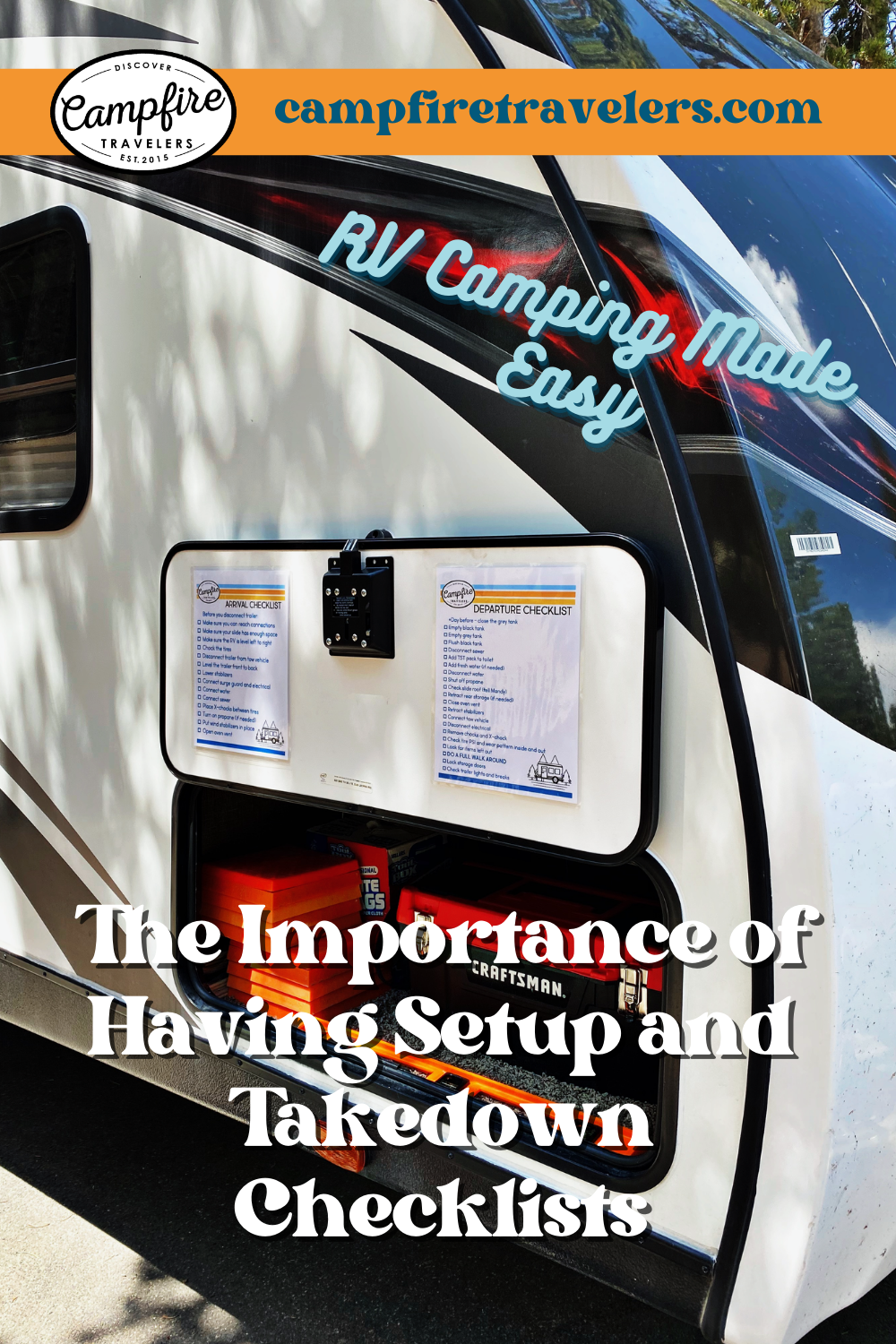RV Camping Made Easy: The Importance of Having Setup and Takedown Checklists
Every so often we share with you a tip, trick, life hack, or fact we’ve learned over the years to make traveling, RVing, or making memories with your family just a little bit easier.
Camping in an RV is an exciting adventure, and having a checklist for both the setup and takedown process is crucial to ensure that everything is done correctly and safely. These checklists provide a detailed guide for setting up and taking down your RV and all of its equipment, from electrical and plumbing systems to kitchen appliances and outdoor furniture.
By creating separate checklists for inside and outside tasks, you can ensure that every step is completed correctly, and nothing is forgotten or left behind. These multiple-step lists can be a great way to make sure everything is done in the right order and in the most convenient manner.
In this article, we will discuss the importance of having a setup list and a takedown list for your RV when you are camping, and we will provide tips for creating personalized checklists for your specific RV and camping needs.
The Importance of Checklists for RV Arrival Setup and Departure Takedown
When you arrive at a campground or RV park, the setup process can be overwhelming, especially if you are new to RV camping. There are so many things to do, from leveling your RV to connecting it to electricity, water, and sewer systems. Without a checklist, it is easy to forget a step or overlook something important, which can result in serious problems down the road.
Likewise, when it's time to pack up and leave, having a takedown checklist can save you time, money, and stress. By following a detailed guide, you can make sure that all of your equipment and gear is stowed away correctly, all systems are turned off, and everything is secured for travel.
In short, having checklists for both RV setup and takedown can help you:
Save time and avoid frustration by ensuring that you don't forget any steps
Prevent damage to your RV and equipment by following proper procedures
Stay safe by checking and double-checking critical systems, such as brakes, tires, and electrical wiring
Improve efficiency by organizing tasks and reducing redundancy
Personalize your setup and takedown process to meet your specific needs and preferences.
Tips for Creating Checklists for RV Arrival Setup and Departure Takedown
Now that you understand the importance of having checklists for RV setup and takedown, it's time to create your own personalized lists. Here are some tips to get you started:
Divide your checklist into inside and outside tasks. Inside tasks include things like turning on the propane, setting up the kitchen, and adjusting the temperature controls. Outside tasks include leveling the RV, connecting utilities, and setting up outdoor equipment like chairs and grills.
Be detailed and specific. For each task on your checklist, include all the steps required to complete it. For example, if you need to level your RV, list the specific tools you will need, the order in which you will use them, and any safety precautions you need to take.
Use clear, concise language. Avoid using jargon or technical terms that may be confusing to others. Write your checklist as if you were explaining the process to a new camper who has no experience with RV setup or takedown.
Customize your checklist to meet your specific needs. Depending on your RV and camping style, you may need to add or remove tasks from your checklist. For example, if you have a solar power system, you may need to include steps for setting it up and monitoring its output.
Test your checklist before you hit the road. Before you head out on your camping trip, take some time to run through your setup and takedown checklists. This will give you an opportunity to identify any missing steps, clarify any confusing language, and make sure your checklist is complete and accurate.
Laminate your checklist and hang it up in a convenient spot. Once you have your checklists finalized and tested, it's a good idea to print them out, laminate them, and hang them up in a convenient spot. This could be inside your RV, in a storage compartment, or even on the back of the door. Laminating your checklists will protect them from water, dirt, and wear and tear, and hanging them up in a visible location will make it easy to refer to them as you go through the setup and takedown process.
Update your checklist regularly. As you gain more experience with RV camping, you may discover new tasks that need to be added to your checklist or find that some tasks are no longer necessary. Make sure to review your checklists regularly and update them as needed to ensure that they are always accurate and up to date.
Having a setup list and a takedown list for your RV when you are camping is essential for ensuring that everything is done correctly and safely. By creating multiple-step checklists for inside and outside tasks, you can organize your setup and takedown process and reduce the risk of forgetting a critical step or damaging your RV or equipment.
To create effective checklists, be specific and detailed, use clear and concise language, and customize your lists to meet your specific needs. Test your checklists before you hit the road, laminate and hang them up in a convenient spot, and update them regularly to ensure that they remain accurate and helpful. By following these tips and using checklists for your RV setup and takedown, you can enjoy a stress-free and safe camping experience and focus on making memories with your loved ones.
We have more RV tips and tricks! Explore these recent posts!
SAVE this post for later!
SHARE this post with a friend!


































